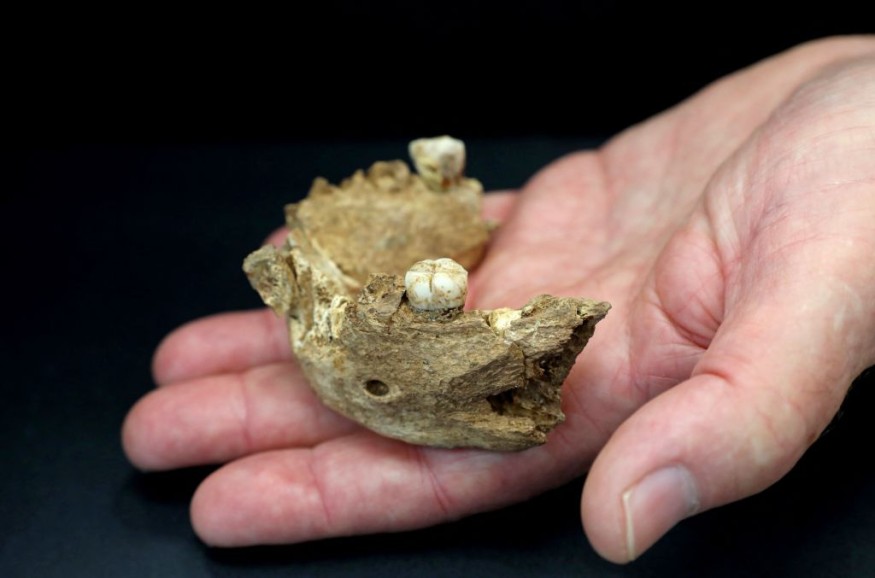
An archaic upper mandible unearthed in Spain exhibits the different morphological traits of a person who may be Europe's earliest documented primitive ancestor.
1.4-Million-Year-Old Jawbone
The specimen was discovered in June by a team of paleontologists at Sima del Elefante (Spanish for "Pit of the Elephant"), an ancient area in the Atapuerca Mountains near Burgos in northern Spain noted for its rich evolutionary history, Science Alert reported.
The segmented skull is thought to be the eldest child of its kind already discovered in Europe, and it contains part of the topmost jawbone (maxilla) and a tooth from a 1.4-million-year-old hominid, according to the scientists in a transcribed declaration.
As per The Australian Museum, the morphological category contains all extant and historical representatives of the humanoid as well as giant ape genealogy, encompassing humans and our prehistoric homo cousins, along with chimps and apes.
Previously to this find, the oldest documented humanoid remains discovered in Europe (at Sima del Elefante in 2008) were dated to 1.2 million years ago while as per 2012 research released in the British Dental Journal, the discovery comprised a part of a mandible, or lower jawbone, and many skeletal remains.
The latest current finding surprised experts, who had not expected to discover remains earlier than those previously discovered at the location. Furthermore, as claimed by El Pas, a broadsheet in Spain, the top jawbone was found around 6.5 feet further in the soil sample than the remains recovered in 2008. It was recovered by édgar Téllez, a doctorate candidate at the National Center for Research on Human Evolution in Burgos.
Evolutionary scientists think that, like the last petrified discovery, the higher jawbone demonstrates the ongoing trend of the facial expression. There is also a perpendicular protrusion in this upper jaw, like in the mandible discovered in [2008], which might imply that this contemporary face had been established at this period.
The Earliest Recognized Ancient Human
Téllez and his colleagues hypothesize that the tooth belonged to a person who was more intimately relevant to current Europeans than to more ape-like apes, like Homo habilis, an evolutionary divergence of hominins from Africa going all the way back to the Pleistocene epoch.
And as shown a 1999 article released in the Journal of Human Evolution, the scientists suggest the specimen came from Homo antecessor (Latin for "pioneer man"), whose placement in the human genealogy is debatable but may be a close relation of contemporary humans and Neanderthals. (The first fossilized remains of Homo antecessor were discovered in 1994 in Atapuerca.)
In an exclusive talk by Live Science with John Hawks, an archaeologist at the University of Wisconsin-Madison who was not involved in the latest excavations, the stated that the recent revelation provides perspective into the electorate that originally populated this neighborhood.
Expert still don't know precisely where this element of the upper jaw is going to fit, and that unit is trying to do a great deal of work and correlation to figure that out.
However, they ascertain it, this is connected to a location with proof of actions, and every item that experts have that's linked to a premises with evidence of behavior, such as creating primitive tools or scavenging, tells researchers about the psychosocial aptitudes of the forefathers and kin.
The experts at the discovery stated that more investigation is necessary to pinpoint the specific antiquity of the upper jawbone and whether it is connected to the previous remains discovered there.
© 2025 NatureWorldNews.com All rights reserved. Do not reproduce without permission.





